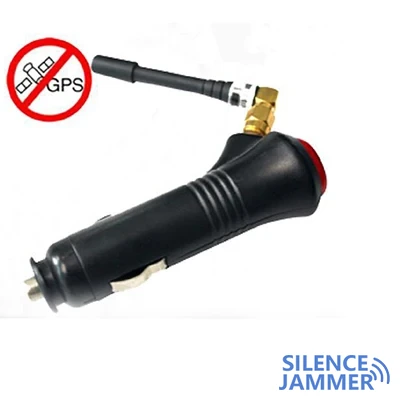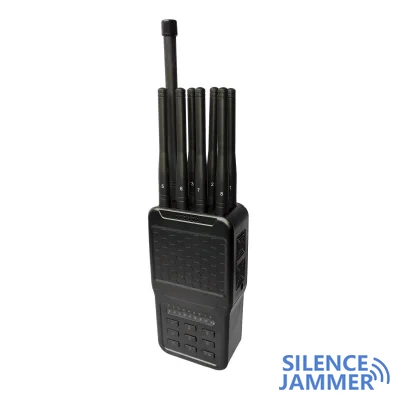South Carolina conducted the first jammer device test in its prison system to address the use of illegal cell phones in prisons. The test, initiated by the Department of Justice, was designed to test whether miniature jammers can effectively prevent prisoners from using banned cell phones while ensuring that these devices do not interfere with commercial cell phone services outside prisons. Test results showed that the jamming devices were able to effectively block cell phone signals inside prisons, but did not affect cell phone services outside prisons.

Signals outside prisons were not affected
Brian Sterling, director of the South Carolina Department of Corrections (SCDC), expressed satisfaction with the test results. He noted that the signal jammers in the test successfully blocked cell phone signals inside prisons, but did not affect cell phone services outside prisons. This is critical to ensuring that communications inside and outside prisons function properly, especially to prevent inmates from using their cell phones for illegal activities while not affecting normal communications outside the prison.

Government Support and Future Outlook
This test was conducted as part of the Cell Phone Jamming Reform Act, a bill sponsored by Senator Lindsey Graham that aims to promote the use of jammers in prisons. The goal of the bill is to replace the restrictions on the use of jammers previously set by the Federal Communications Commission (FCC) and allow the legal use of jammer devices in prisons. The bill is currently under committee review and is expected to lead to more discussion on the legality and effectiveness of signal jamming devices.

Future Challenges and Developments
Although the test results show that jammer devices are effective inside prisons, there is still a need to pay attention to their potential impact on legal communications. In the future, legislative and technological developments may further promote the use of jammers, and regulatory issues regarding the devices' interference with external communications will also need to be addressed. The prison system and government agencies will continue to monitor the effectiveness of jammers to ensure that they are effective in preventing prisoners from using illegal cell phones without affecting public communications.


